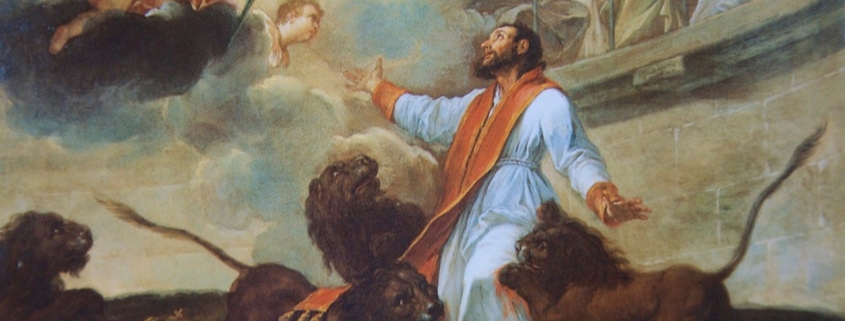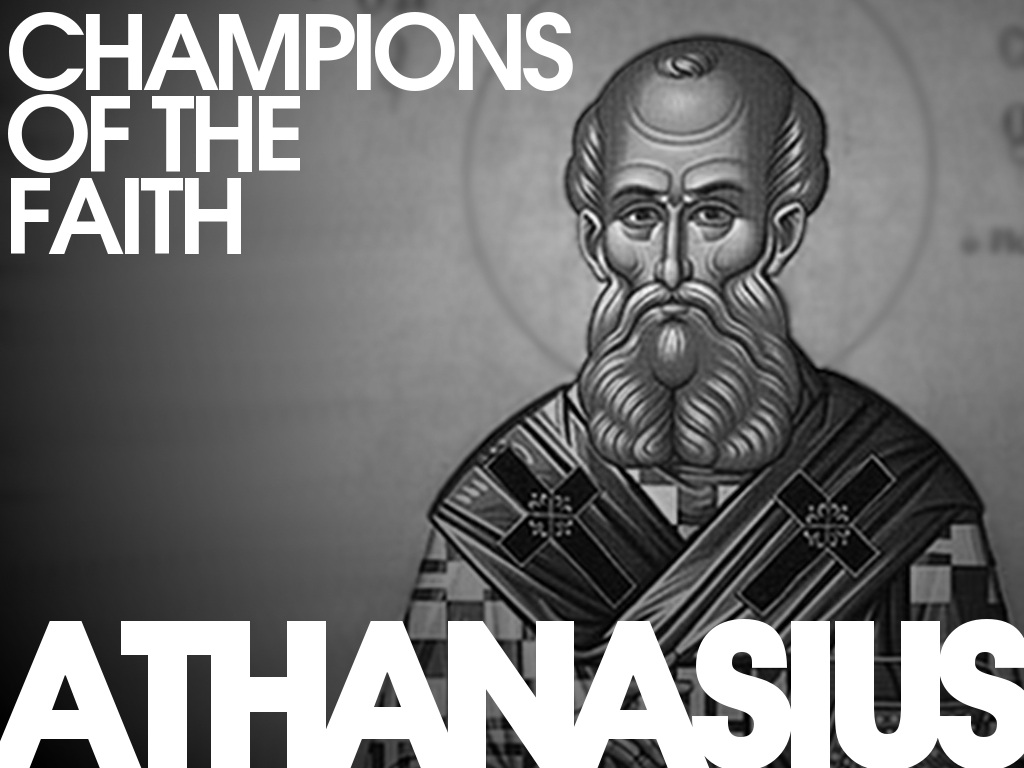Today is the Feast of St Ignatius of Antioch, a very important figure in the early Church. He was the third bishop of Antioch (Peter being the first, before Peter went to Rome), and also a disciple of the Apostle John. He was martyred in the Roman Coliseum circa 107 AD, having been thrown to wild beasts.
On the way to his martyrdom, Ignatius was chained to Roman soldiers who treated him quite brutally. Ignatius called them the “ten leopards”. He also wrote seven famous letters to key outposts of the nascent Church. These missives are rife with evidence that the Early Church was, in fact, the Catholic Church.
Let’s take a look at just two important apologetic facets of just one of these letters, the one written to Smyrna, a city mentioned as an early Church hub in the Book of Revelation.
Ignatius is the first person to use the term “Catholic Church” in an extant writing. The fact that he doesn’t explain the term in any way is likely a sign that he expected his readers to know what he meant by it, and that the term predates his use of it in 107 AD. The word “catholic” comes from the Greek term kata holos, which means “universal” and also “according to the whole”. This perfectly describes the Church founded by Christ, for it is “universal” (for people of all times and places), and also keeps the “whole” of Christ’s teaching intact. Splinter groups who have departed the Church over the centuries usually reject one or more doctrines of the universal Church.
See that you all follow the bishop, even as Jesus Christ does the Father, and the presbytery as you would the apostles; and reverence the deacons, as being the institution of God. Let no man do anything connected with the Church without the bishop. Let that be deemed a proper Eucharist, which is administered either by the bishop, or by one to whom he has entrusted it. Wherever the bishop shall appear, there let the multitude of the people also be; even as wherever Jesus Christ is, there is the Catholic Church.
—Letter to the Smyrnaeans, Chapter 8
We may note also in this quote the hierarchical offices of bishop, priest (“priest” is the English translation of “presbyter”), and deacon as being essential features of the Church. Ignatius also speaks here of a “proper Eucharist” as one either a) celebrated by a bishop himself, or b) by his designates (the priests, or “presbyters”), with whom the bishop shares some of his prerogatives, such as the ability to confect the Eucharist. But did the early Christians believe in Eucharistic realism? The Smyrnaean letter once again comes through:
Take note of those who hold heterodox opinions on the grace of Jesus Christ which has come to us, and see how contrary their opinions are to the mind of God… They abstain from the Eucharist and from prayer, because they do not confess that the Eucharist is the Flesh of our Savior Jesus Christ, Flesh which suffered for our sins and which the Father, in his goodness, raised up again. They who deny the gift of God are perishing in their disputes.
— Letter to the Smyrnaeans, Chapter 6
Ignatius explicits says that the Eucharist is the Flesh of the same Jesus who died on the cross and was resurrected on the third day. This coheres very nicely with the words of Jesus himself in John 6:51: “I am the living bread that came down from heaven. Whoever eats of this bread will live forever; and the bread that I will give for the life of the world is my flesh”.
There is, in my view, a very good argument for John the apostle as the source of the material found in John 6. We also know that Ignatius of Antioch was a disciple of John himself. So, I think Ignatius had a pretty good idea of what John — and, by extension, Jesus, meant in John 6:51. Ignatius confirms that the Real Presence of Jesus in the Eucharist is an essential feature of the apostolic Church founded by Jesus himself.
St Ignatius of Antioch, pray for us.



